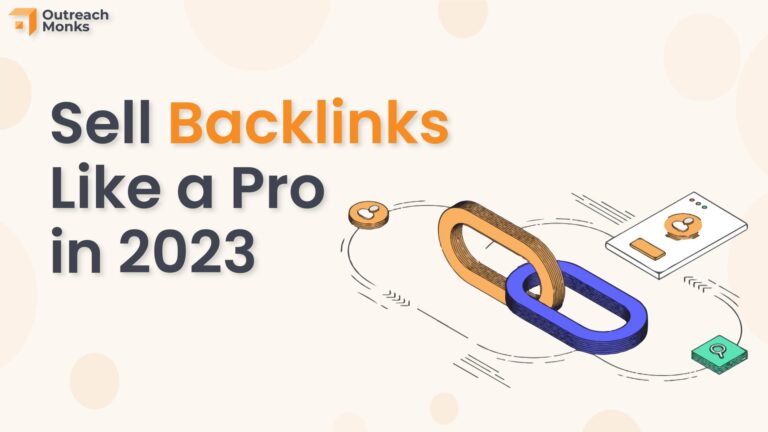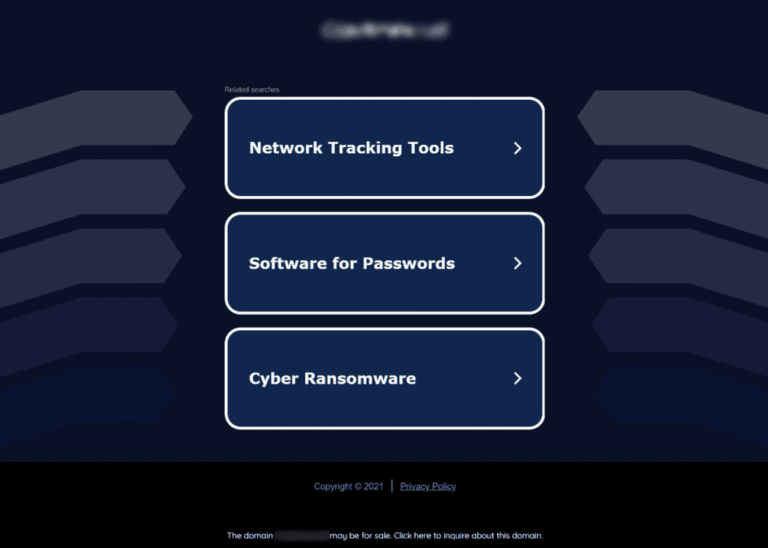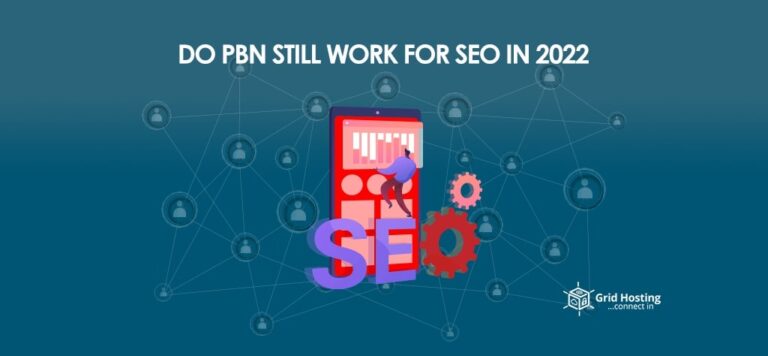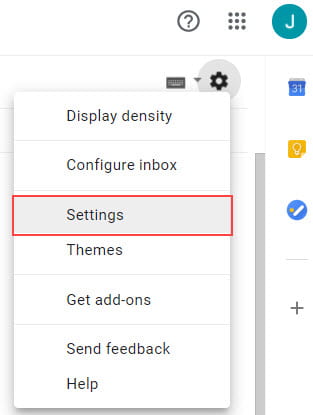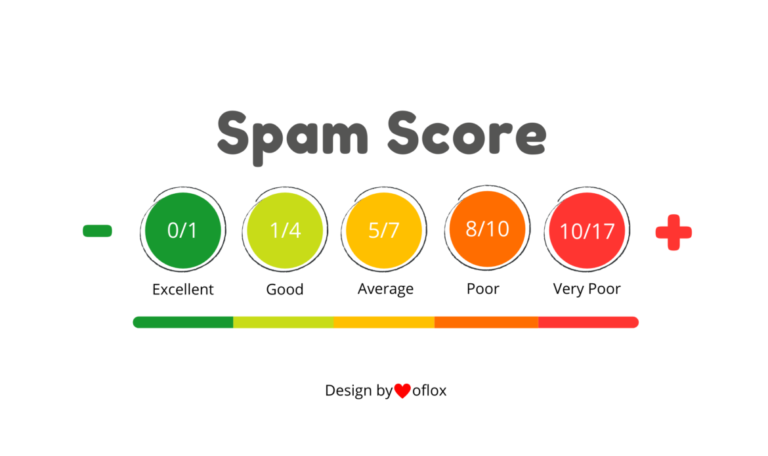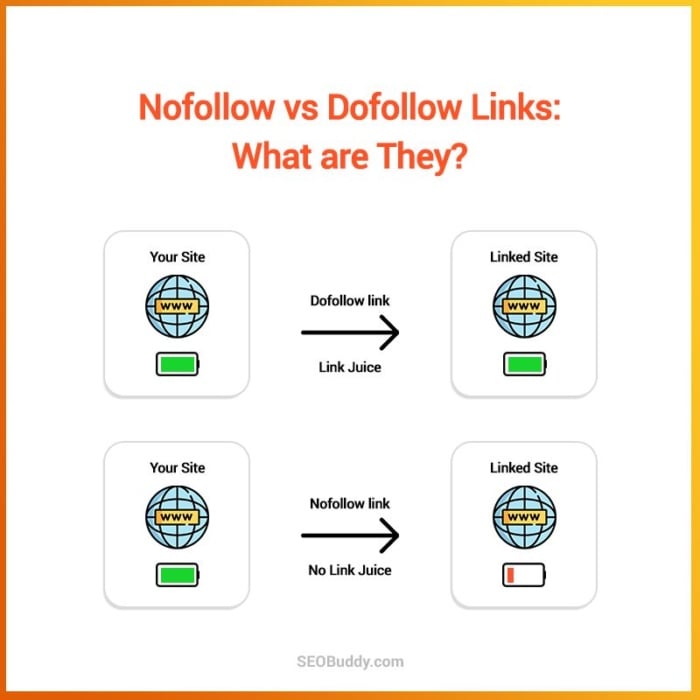What is a Bad Spam Score? When it comes to email marketing, one of the biggest challenges is avoiding the spam folder. Even if your emails are legitimate and valuable, if they get flagged as spam, they may never make it to your subscribers’ inboxes. One factor that can contribute to this is your spam score. But what exactly is a bad spam score, and how can you avoid it?
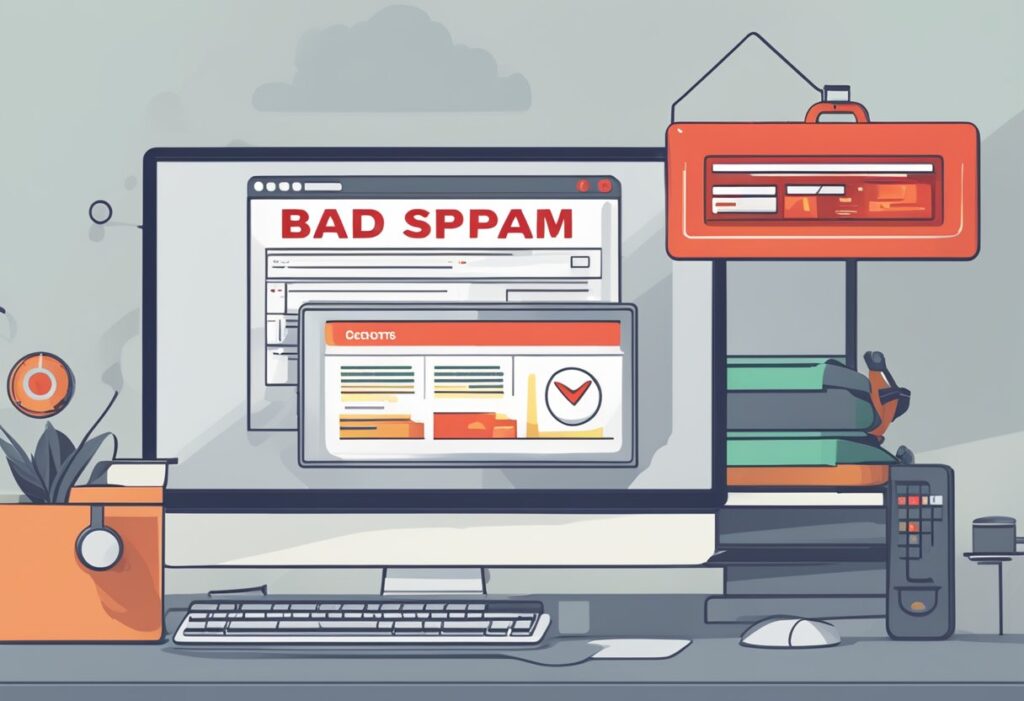
It is a rating that email providers use to determine whether an email is likely to be spam. The score is based on a variety of factors, such as the content of the email, the sender’s reputation, and the email’s formatting. A high spam score can lead to your emails being filtered into the spam folder or even blocked entirely.
So what is considered a bad spam score? There’s no one-size-fits-all answer, as different email providers have different thresholds for what they consider spammy. However, in general, a spam score of 5 or higher (out of 10) is considered high and may increase the likelihood of your emails being flagged as spam. It’s important to monitor your spam score regularly and take steps to improve it if necessary.
Understanding Spam Scores
As an email marketer, it is crucial to understand what it is and how it can affect your email campaigns. In this section, I will explain the definition of a spam score and how spam scores are calculated.
Definition of a Spam Score
A spam score is a measure of how likely your email is to be considered as spam by email filters. The score is based on several factors, including the content of your email, the sender’s reputation, and the email’s formatting. The higher the spam score, the higher the chance that your email will be filtered into the spam folder instead of the inbox.
How They Are Calculated
Spam scores are calculated using algorithms that analyze the content of your email. These algorithms look for specific keywords, phrases, and formatting that are commonly associated with spam emails. For example, using all caps or excessive exclamation points in your subject line can increase your spam score.
Email service providers (ESPs) use different algorithms to calculate the scores, but most of them take into account the following factors:
- Content: The content of your email, including the subject line, body text, and images.
- Sender reputation: The reputation of the sender’s email address and domain.
- Formatting: The formatting of your email, including the use of HTML, links, and attachments.
- Engagement: The engagement of your email, including open rates, click-through rates, and spam complaints.
It is important to note that spam scores are not an exact science. Different ESPs use different algorithms, and what may be considered spam by one provider may not be considered spam by another. However, keeping your spam score as low as possible is always a good practice to ensure your emails reach your subscribers’ inboxes.
In summary, a spam score is a measure of how likely your email is to be considered as spam by email filters. Spam scores are calculated using algorithms that analyze the content, sender reputation, formatting, and engagement of your email.
Implications of a High Spam Score

As an email marketer, can have serious implications for your email campaigns. In this section, I will discuss the two main consequences of a high spam score: email deliverability issues and domain reputation damage.
Email Deliverability Issues
When your emails have a high spam, they are more likely to be filtered out by email service providers (ESPs) and marked as spam. This means that your subscribers may not receive your emails at all, or they may end up in their spam folder, where they are less likely to be seen. This can result in lower open rates, click-through rates, and overall engagement with your emails.
To avoid email deliverability issues, it’s important to monitor your spam score regularly and take steps to improve it. This may involve improving the quality of your content, reducing the number of emails you send, or adjusting your sending frequency.
Domain Reputation Damage
In addition to email deliverability issues, a high spam score can also damage your domain reputation. When your emails are marked as spam, this can negatively impact your domain’s reputation and make it more difficult to get your emails delivered in the future.
To avoid domain reputation damage, it’s important to maintain a good sender reputation by following email marketing best practices, such as only sending emails to subscribers who have opted in, providing valuable content, and avoiding spam trigger words and phrases.
By understanding the implications of a high spam score, you can take steps to improve your email deliverability and maintain a good sender reputation, ultimately leading to better engagement and results for your email campaigns.
Improving Your Spam Score
As a marketer, it’s essential to ensure that your email campaigns are delivered to your subscribers’ inboxes. A high spam score can negatively impact your email deliverability, which is why it’s crucial to take steps to improve it. Here are some best practices and tools to help you improve your spam score:
Best Practices for Email Campaigns
- Build a quality email list: Ensure that your email list consists of subscribers who have opted-in to receive your emails. Avoid buying email lists or adding people without their consent.
- Avoid using spam trigger words: Certain words and phrases can trigger spam filters. Avoid using words like “free,” “discount,” “earn money,” and “act now.”
- Personalize your emails: Personalized emails have higher open rates and engagement rates. Use your subscribers’ names and tailor your content to their interests.
- Optimize your email content: Ensure that your email content is optimized for both desktop and mobile devices. Use a clear and concise subject line, and avoid using too many images or large attachments.
Tools and Services for Spam Score Analysis
- SpamAssassin: SpamAssassin is an open-source spam filter that uses various tests to assign a spam score to emails. You can use SpamAssassin to test your emails and identify any issues that may be triggering spam filters.
- Mail-tester: Mail-tester is a free tool that allows you to test your emails and provides a spam score. It also provides feedback on how to improve your email content and structure.
- Litmus Spam Testing: Litmus offers a spam testing service that allows you to test your emails across various email clients and spam filters. It provides a detailed report on your email’s deliverability and provides recommendations on how to improve it.
Improving your score is crucial to ensure that your email campaigns are delivered to your subscribers’ inboxes. By following best practices and using the right tools, you can improve your spam score and increase your email deliverability.
Need quality expired domain? Buy in LettieBelle.com.


